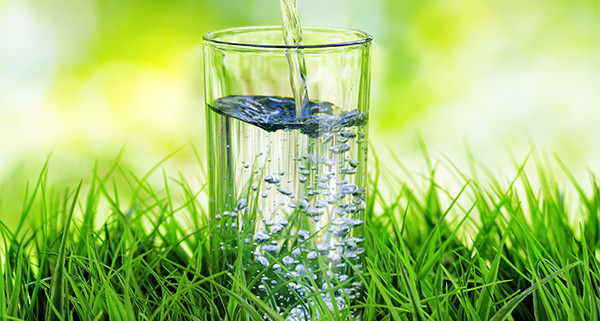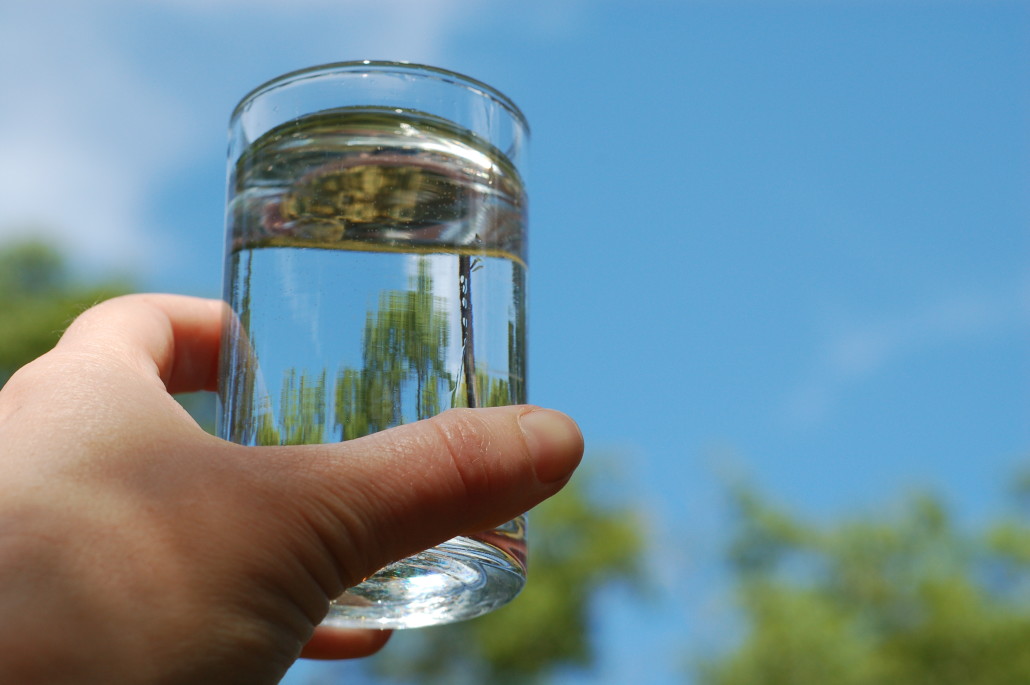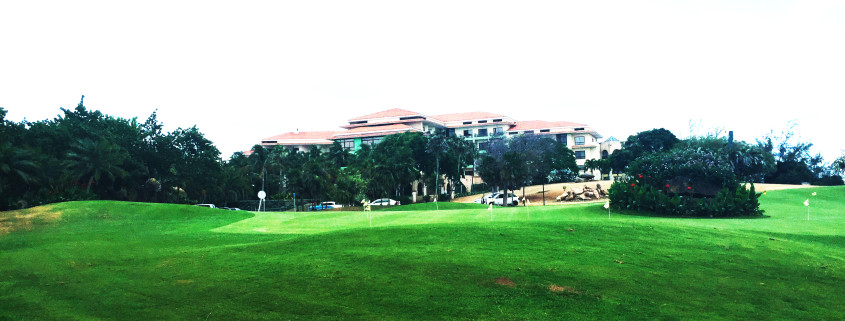Irrigation Water Quality
A thorough understanding of irrigation water quality is very important to the successful management of turf sites.
Understanding such major water quality factors as pH, nutrient content, alkalinity, salinity and the concentration of elements and compounds toxic to turf is crucial when developing cultural practices programs. Information regarding irrigation water quality is also very important when selecting turf species for the site.
While testing the soil for information in the above-mentioned areas is common practice, testing of the irrigation water is frequently overlooked. Actually, soil and water quality testing go hand in hand. Soil acts as filter or sponge, trapping the negative elements in the water in upper inches of the soil profile. Irrigation water does one of three things when applied to a turf site – evaporate from the soil surface, percolate through the soil profile, or is utilized for plant growth. In all of these cases, many of the undesirable elements and compounds are left in the root zone of the soil profile.
Repeated applications of poor quality irrigation water can eventually raise the concentration of these unwanted elements to levels that are toxic to the plant. This is especially true where the soil drains poorly or is already high in salts or other negative materials. So in addition to a nutrient and chemical analysis, it is valuable to do physical testing of the soil to determine soil particle size and distribution. The physical analysis will also estimate infiltration and percolation rates. This information helps tremendously in deciding the type and quantity of soil amendments, as well as the necessity of installing drainage systems in the turf and landscape areas. Soils that drain well allow for the undesirable elements to the leached or rinsed from the soil through the application of additional irrigation water.
Irrigation water testing results can be matched to a chart that categorizes concentrations of different materials. A text entitled Salt-Affected Turfgrass Sites-assessment and management by R.N. Carrow and R.R. Duncan is an excellent reference. It is available through both the Golf Course Superintendents Association of America in Lawrence, Kansas, and the publisher, Ann Arbor Press, located in Chelsea, Michigan. The book deals extensively with both soil and water quality issues and their relationship.
Looking at the different analyses derived from irrigation water testing, the pH reading is a measurement of the degree of acidity or alkalinity of the water. The pH is measured on a scale of 0 –14 with a neutrality level of 7.0. Problems with pH extremes in the Southwest are almost invariable from readings on the high or alkaline side. The number measurements for pH are logarithmic, meaning that each number represents an increase in concentration of 10 times the previous number. In other words, 8.0 is 10 times great than 7.0, and 9.0 is 100 times greater than 7.0 in terms of alkalinity. The same is true with acidity, 6.0 is 10 times greater than 7.0, and so on. Extremely high pH, our primary concern, can be reduced if necessary. The primary method of achieving pH reduction of irrigating for large turf areas is through the injection of sulfuric acid.
An important category to note on an irrigation water sample report is the level of sodium and total salts. Sodium is listed separately from other salts because it has the ability to destroy soil structure as well as impact the health of the plant. Sodium concentration is listed as milliequivalents per liter. The sodium risk can be greatly buffered by concentrations of calicum and magnesium in the water. The comparison formula is called the Sodium Absorption Ratio, and the lower the number the better.
Total salinity can be listed as either Total Dissolved Salts (TDS) or as Electrical Conductivity (EC). If listed as TDS then divide by 640 to find the EC. If EC is listed, then multiply by 640 to find the TDS reading. Salts from irrigation water can accumulate in soils and cause a condition detrimental to plants called “physiological drought”, where water is present but unavailable to the plant. The rule of thumb is that an additional 12.5 percent of irrigation water is required for each 1.0 elevation in EC to provide for adequate leaching of salts from the soil profile. Salt tolerance levels vary greatly with different turf species. Knowing the salt levels in irrigation water can be tremendously helpful when selecting a turf species for a particular site or facility.
Carbonates and Bicarbonates are other detrimental compounds in irrigation water. Their presence is frequently in association with high alkalinity. Reducing the pH in extreme situations will also have the benefit of offsetting the effects of carbonates and bicarbonates. Testing the water to determine the levels of these and other compounds listed above will be a great advantage in the quest for healthy turf.





Follow Us!